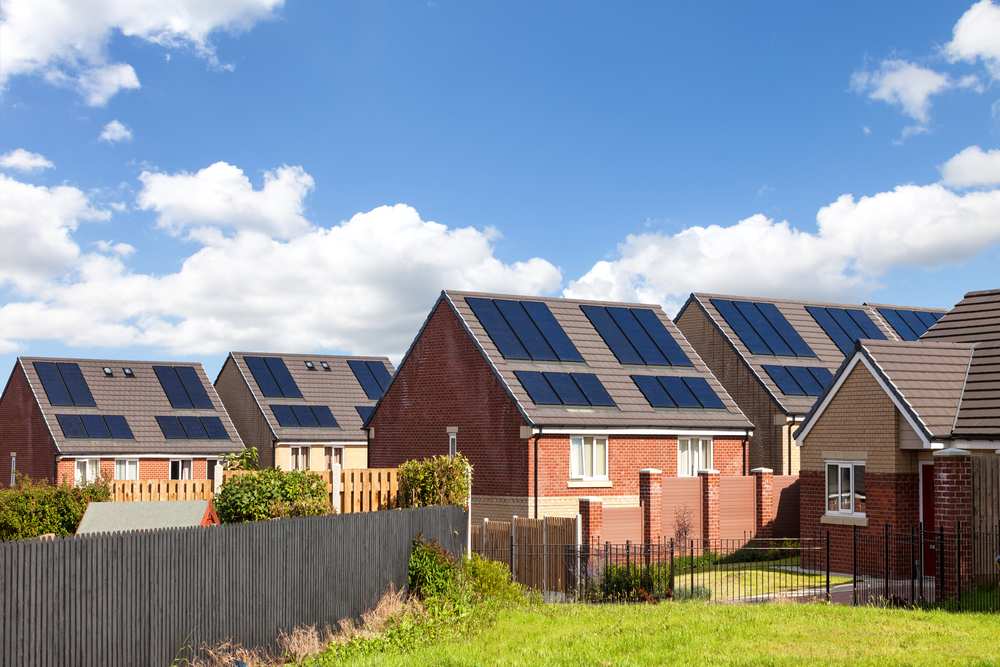How much solar PV should a new home have?
Determining the right amount of solar photovoltaic (solar PV) for new homes remains a complex and evolving topic. As the Future Homes Standard consultation continues and industry awaits the final outcome, Elmhurst explores the proposed options, the associated challenges, and what might lie ahead.

Solar PV and Current Building Regulations
Under the current Building Regulations, Part L does not specify the use of any specific technology. Instead, it sets performance targets using a “notional dwelling,” giving developers the freedom to choose how they meet energy efficiency standards. This flexibility has allowed for varied approaches, with solar PV just one of many possible solutions.
What options did the Future Homes Standard propose for Solar PV?
In the Future Homes Standard consultation launched in 2023 there were two options proposed to set the performance standards of a new home.
- Option 1: Includes a requirement for solar PV on the roof.
- Option 2: Does not include a solar PV requirement.
In Option 1, the proposed PV installation is calculated as:
(40% of the ground floor area) ÷ 4.5
This figure assumes an optimal configuration where the array would be south facing, on a pitch of 45 degrees and with no overshading. This represents an increase compared to solar PV in the Part L 2021 notional dwelling, as the panel efficiency increased from 6.5 m2/kWp to 4.5 m2/kWp. Government expect that panel manufacturers will be able to meet this increase in efficiency by the time the Future Homes Standard comes in to effect.
Potential challenges
With the move towards electrification of heating and the current unit cost of electricity, Elmhurst believes installing Solar PV on new homes is a sensible proposal. Government have confirmed they wish to see solar PV on new homes, but the amount required needs to be viable and cost effective to do so. Getting this right against the backdrop of their manifesto promise to build 1.5 million new homes during this parliament, is vital.
There has been considerable debate over how much solar PV can realistically be installed on new homes, with factors such as cost, embodied carbon, the availability of high-efficiency panels, and varying roof designs all adding to the complexity. Some developers have house designs which struggle to meet the solar PV requirement in Part L 2021 and are concerned they will not be able to meet the proposed amount of solar PV in the Future Homes Standard.
This will be a key decision for the Government as they analyse the consultation responses and determine what the notional dwelling and thus performance standards for the Future Homes Standard will be.
Elmhurst’s Consultation Response
Elmhurst has recently attended industry working groups where this topic has been thoroughly debated. In our response to the Future Homes Standard consultation, we supported the Option 1 notional dwelling which contained Solar PV. However, based on the concerns we had heard we suggested the orientation of the array be changed to South-East facing to ensure developers could meet or get closer to the amount of solar PV in the notional dwelling in properties that do not have south facing roofs.
What happens next?
We now await the Government’s response to the consultation, expected later this year. This will confirm the final specification of the notional dwelling, including any requirement for solar PV, and provide clarity for developers and assessors alike.
It’s likely that the final outcome will differ from the initial consultation proposals, reflecting industry feedback and practical concerns raised during the process.
